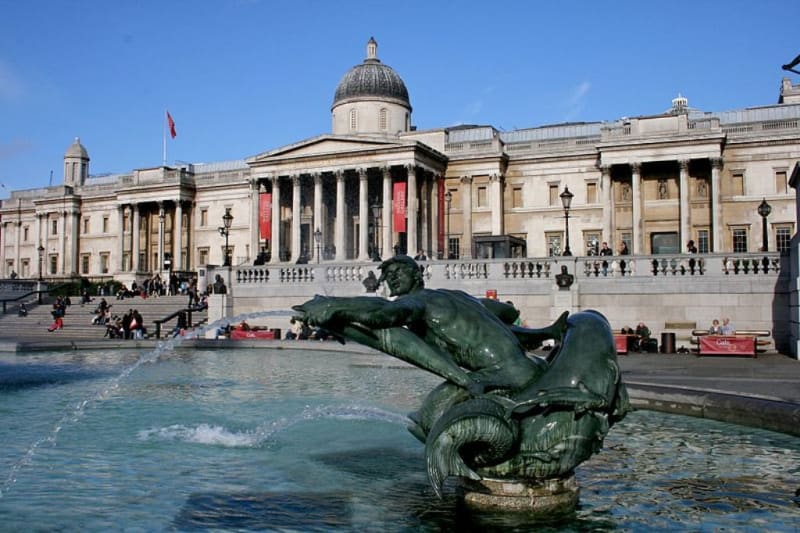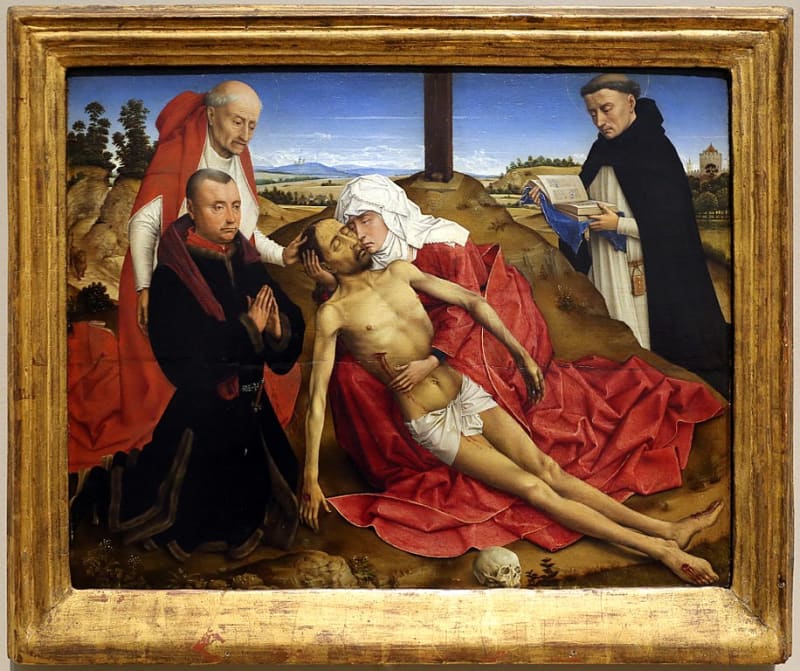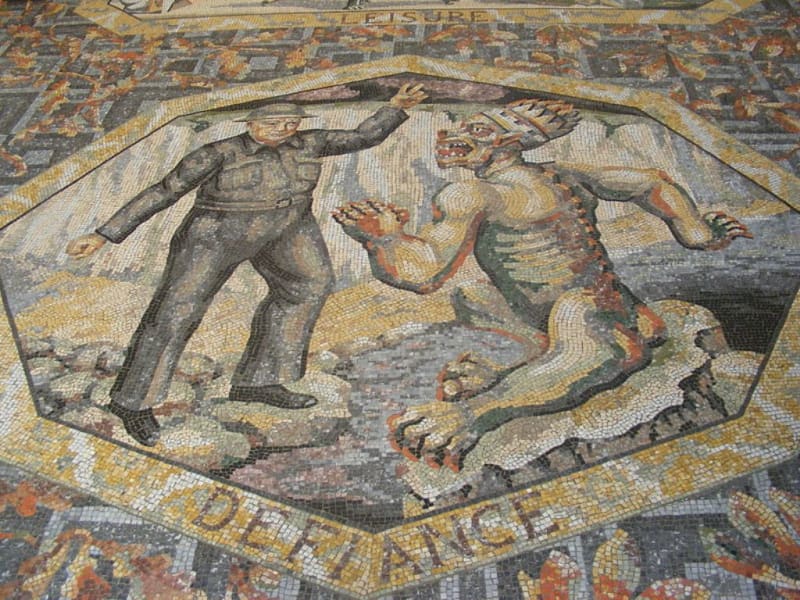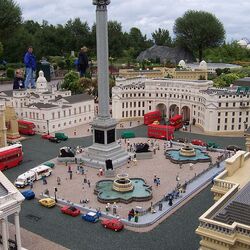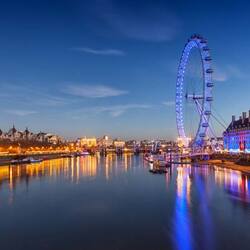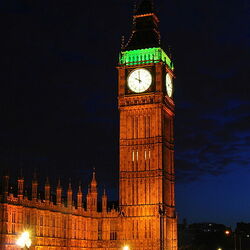London National Gallery
London's National Gallery is one of London's most popular tourist attractions. At the beginning of the nineteenth century, the number of works of art in Great Britain increased dramatically. In response to this demand, a gallery was founded and built in Trafalgar Square in London, which contains more than 2,000 paintings.
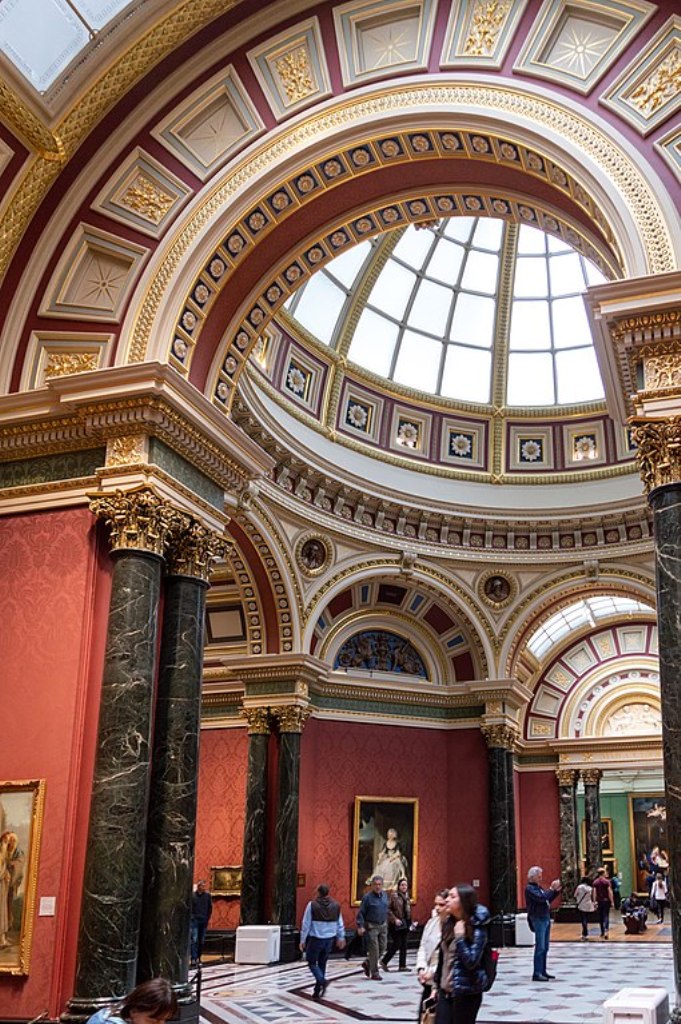
Gallery History
When the London National Gallery was founded in 1824, it was not as big and magnificent a house as it is now. Unlike its current version, the original building was built to house and display 38 paintings that the government acquired from the heirs of London businessman John Julius Angerstein. Over the years, the size of the collection has increased, and it has become necessary to consider the possibility of expanding the territory.
Victim of vandalism
The women's suffrage movement took the United Kingdom by storm in the late 1800s. The movement's leaders have faced very tough resistance from parliament for a long time. The protests were quite serious, including numerous arson attacks and vandalism. The National Gallery in London was not spared, as one of the suffragists, Mary Richardson, managed to bring a meat knife into the territory. In an act of vandalism, she cut off the precious painting "Venus Rokby" by artist Diego Valesquez.
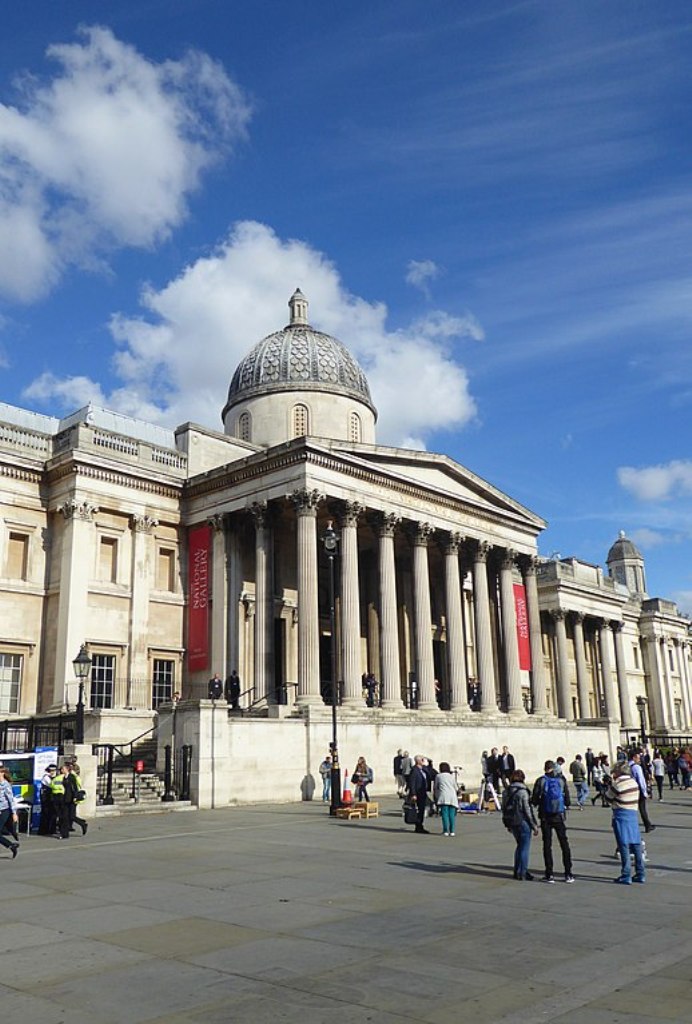
The greatest images
London's National Gallery holds some of the most famous paintings by the greatest artists of all time. Their exhibits include works by Michelangelo, Rembrandt, Monet, Leonardo da Vinci, Picasso, Raphael, Seurat, Van Gogh, Caravaggio, Hans Holbein Jr., Botticelli, Nicolas Poussin and many other legends of drawing. Among them are some of the most famous oil paintings: "Madonna in the Rocks", "Portrait of a Man", "Hay cart", "Van Gogh Chair" and many others.
Sculptures of kings
Apart from paintings, London's National Gallery is also home to many fabulous sculptures. There is a beautifully carved sculpture of the first President of the United States, George Washington, donated by the Commonwealth of Virginia to the National Gallery in 1921, along with a statue of King James II, who ruled England, Scotland and Ireland. From 1685-1688 . This place also houses many statues of kings and legends of ancient Greece and the Roman Empire.
The London National Gallery is exempt from taxes by a charitable organization and a non-departmental public organization of the Ministry of Culture, Media and Sports. Her collection is owned by the government on behalf of the British public, and entry to the main collection is private.
